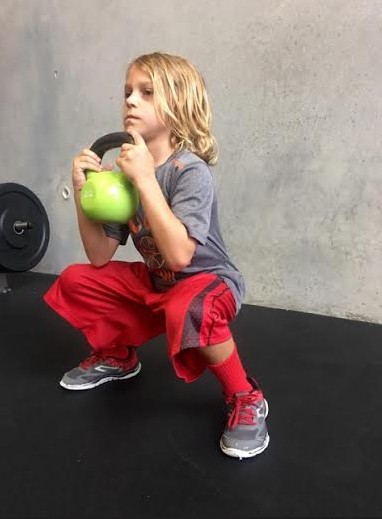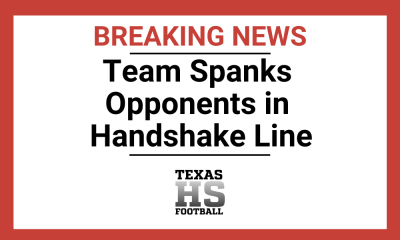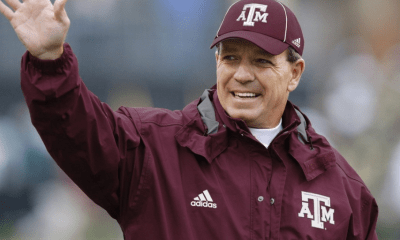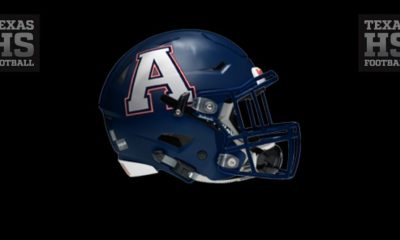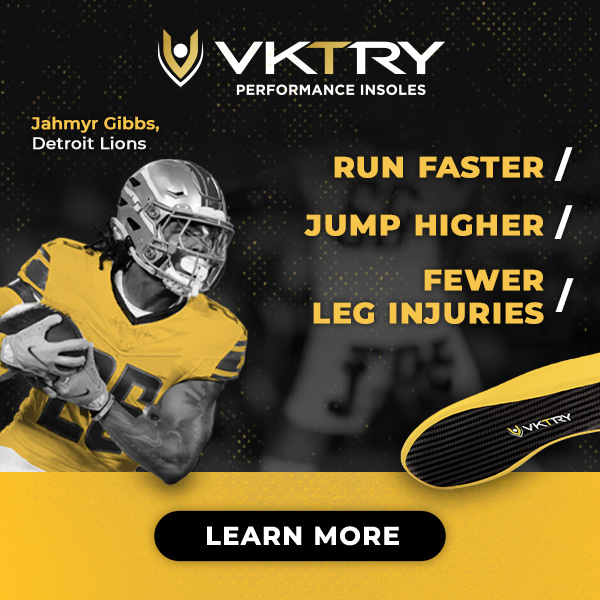Photo via Redline Athletics
By: Brandon Evans
August 20th, 2016
Everyone wants the most they can get out of their training. This is understandable. If you didn’t, there’s not much point in doing it.
With that said, there are a few things to keep in mind when training youth athletes. With strength training we tend to get more and more complex with our set and rep schemes. This may look something like (6×3 @60%1RM ≥ 0.72 m/s). This may look a little confusing and really cool but, is it the best thing for our younger athletes? The principles used in these schemes rely heavily on research involving highly trained weightlifters. An untrained athlete will progress and develop at a completely different rate.
It is for this reason that I prefer to use auto-regulatory systems such as 1×20 and APRE. These allow the athlete to focus on movement quality and progress at their own rate. One other thing we do is combine all kinds of movements. These can be circuits, complexes, or flows. One of these complexes that shows promise is Post Activation Potentiation (PAP) training. All this means is that we have an athlete lift a heavy load and then perform a power movement such as a jump or sprint. The stimulus from the heavy lift will allow them to perform the power movement better. Again, this may look a little confusing and really cool but, is it the best thing for our younger athletes?
Research on PAP shows that it has a greater affect on highly trained athletes. It may actually fatigue younger athletes. It is for this reason that I prefer to stick to one exercise at a time and focus on the quality of that one.
The other thing we do a lot is try to institute complex movements too soon (Snatch & Clean). Again they may look a little confusing and really cool but, are they best thing for our younger athletes? I think these are great movements for developing all around powerful athletes. The problem is, not all athletes are ready for these movements. When it comes to quality of movement it all comes down to motor control. Think of each lift as a skill. Break it down into basic movements and then progress to more complex skills.
The bottom line is it’s our job to recognize an athletes athleticism and training status. We need to truly reflect and think of what is best for our athletes, not doing what we want them to be capable of or what we think looks cool. If we do this I think we will find sticking to the basics yields the best results.
